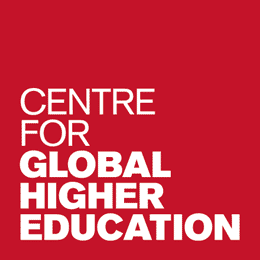New paper: Japan’s growing international faculty: who are they?
In a CGHE working paper published today, Professor Futao Huang from Hiroshima University investigates the reasons for the sharp increase in the number of full-time international faculty at Japanese universities over the last four decades.
The paper, ‘Who are they and why did they move to Japan? An analysis of international faculty at universities’, focuses on the characteristics and motivations of international faculty at Japanese universities.
Professor Huang’s study shows that academic and professional reasons are most commonly cited by international academics as explaining their move to Japan. He also highlights the significance of wider factors such as globalisation on increased academic mobility.
Most overseas academics work in the private sector, and in humanities and social science subjects. The study reveals a stark gender difference in the international faculty of Japanese universities, with almost four times as many men than women. It also shows there has been no growth in the proportion of international faculty who become university leaders.
Professor Huang argues that the academic market of Japanese academic professions is not as internationally open as that of many other countries. While the share of full-time international faculty at Japanese universities has risen, it is still less than five per cent of the total.
In addition, almost 40 per cent of international faculty did not emigrate from a country outside Japan but were educated and trained in Japanese universities and colleges.
Professor Huang concludes that to improve its internationalisation efforts, Japan needs more attractive policies and strategies to open the academic market to international faculty. He recommends that universities provide more favourable working conditions and form more appropriate supporting systems for international faculty, and focus particularly on attracting more international female academics.
